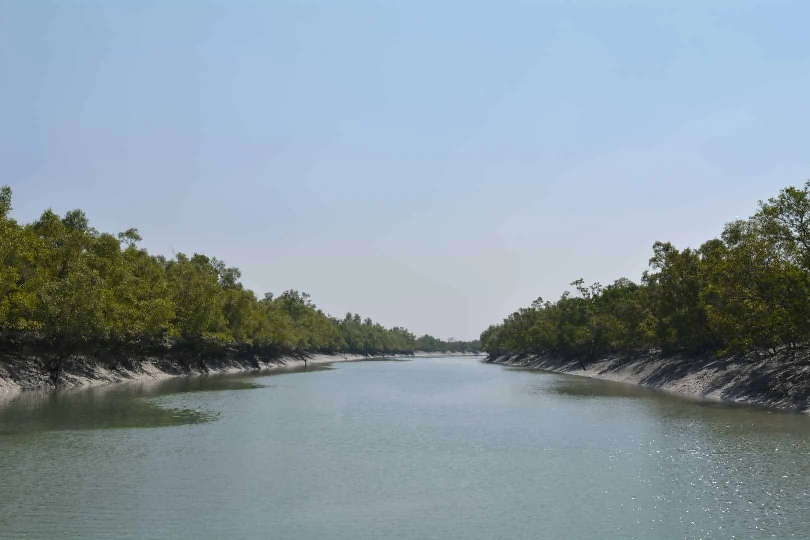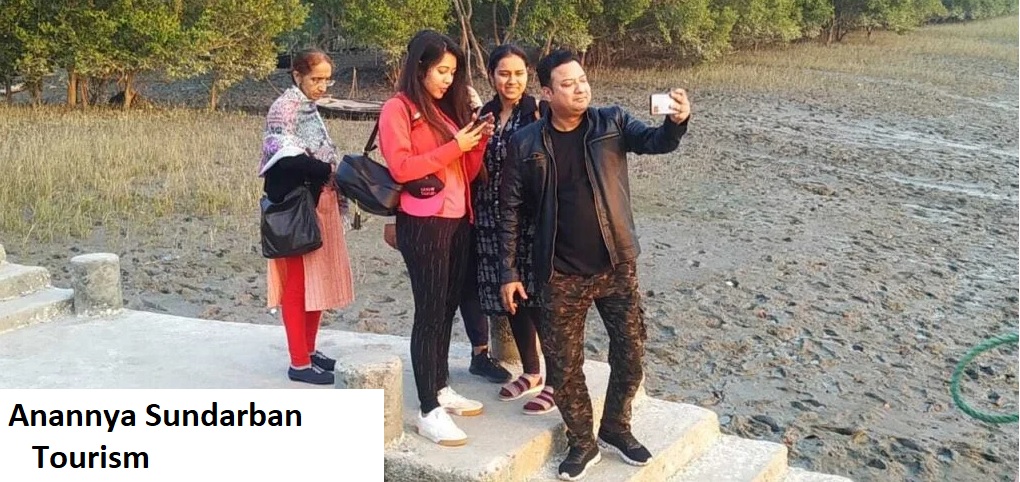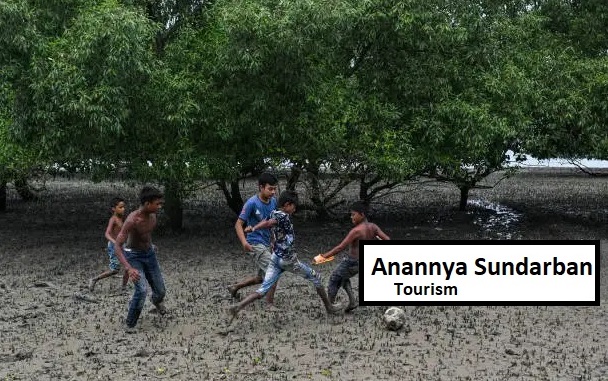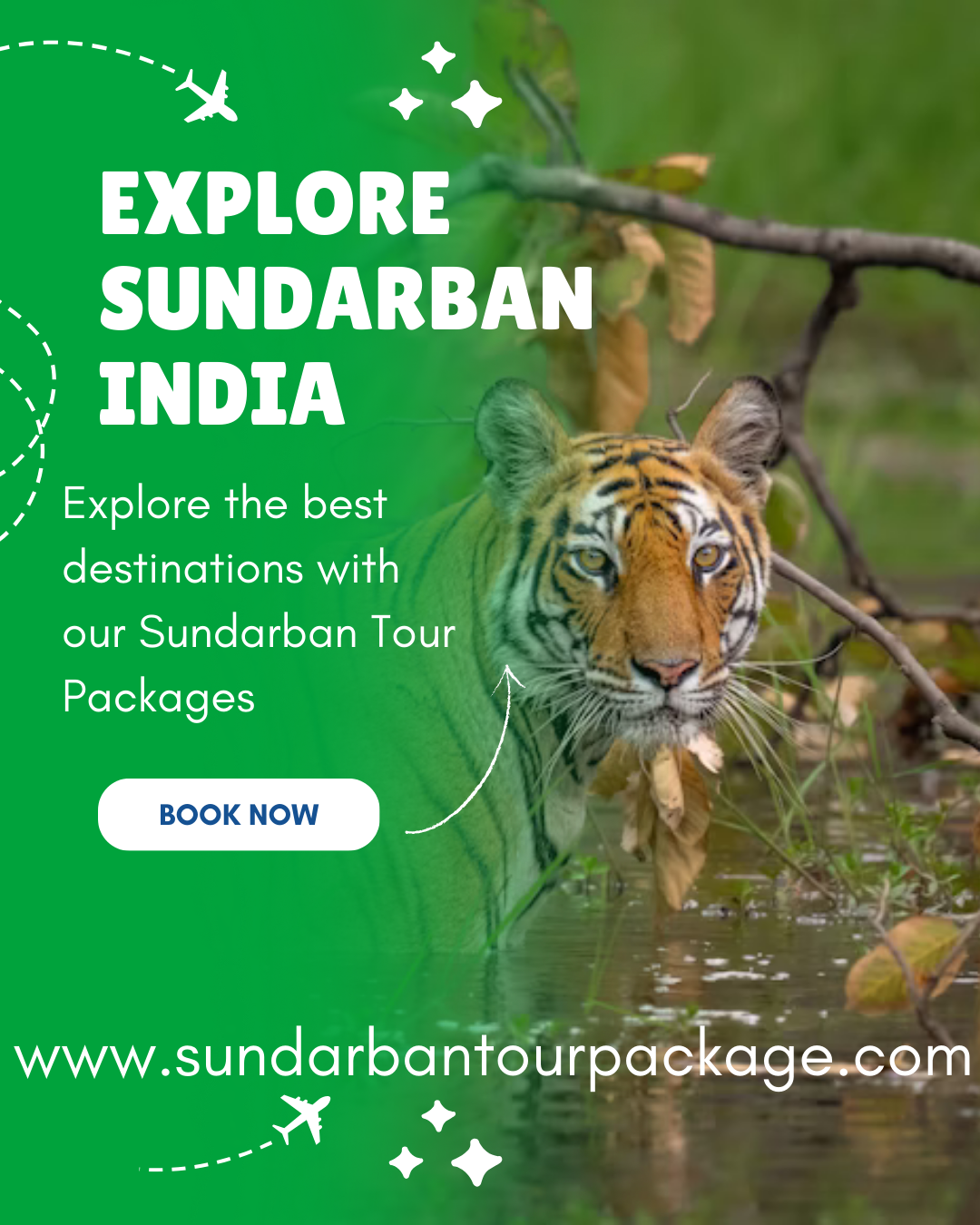Table of Contents
The Sundarbans isn't explored on foot; it's discovered by boat. Your vessel is your hotel, your restaurant, and your viewing platform for the entire duration of your safari. Therefore, choosing the right boat isn't just about comfort—it's fundamentally about safety and defining your entire experience in this vast, tidal wilderness.
With options ranging from basic wooden launches to luxurious floating hotels, selecting a boat can be confusing. This guide will navigate you through the different types of boats available, their safety aspects, and who they are best suited for, ensuring you make an informed choice for your mangrove adventure.
Why Boat Choice is Critical for Safety & Comfort
The Sundarbans is a dynamic ecosystem with strong tidal currents, changing weather, and remote locations. A good boat ensures:
-
Safety: Stability in choppy waters, protection from the elements, and reliable navigation.
-
Comfort: Space to move, shade from the sun, clean toilet facilities, and a place to relax.
-
Experience: A smaller, quieter boat can navigate narrower creeks for better wildlife viewing, while a larger boat offers more stability and amenities.
Type 1: Small Motorized Boats (8-15 Passengers)
These are the most common and affordable boats used for Sundarban tours.
Description:
These are traditionally designed wooden boats with a canopy for shade and open sides. They are powered by a single diesel engine and are the workhorses of the Sundarbans, used by tourists and locals alike.
Features:
-
Capacity: Usually carries 8 to 15 tourists.
-
Layout: Open deck with plastic chairs or wooden benches. The canopy provides essential shade.
-
Amenities: Basic. Usually has a small, enclosed toilet at the back. Meals are often cooked on a small stove in a tiny galley kitchen.
-
Safety Gear: Should be equipped with life jackets for all passengers (a critical point to check before booking).
Pros:
-
Affordable: Offers the most budget-friendly tour option.
-
Accessibility: Can navigate narrow, shallow creeks and channels that larger boats cannot, increasing chances of unique sightings.
-
Intimate Experience: Smaller group size makes for a more personal and flexible trip.
Cons:
-
Basic Comfort: Limited protection from rain, wind, or cold. Can be noisy and bumpy.
-
Limited Facilities: The toilet is very basic, and there's no proper seating or sleeping area.
-
Vulnerability: Feels less stable in rough weather or strong tidal currents compared to larger vessels.
Ideal For: Budget travelers, backpackers, photographers, and small groups who prioritize adventure over luxury and don't mind roughing it a bit.
Type 2: Large Covered Boats (20-40 Passengers)
These are bigger, more robust versions of the small boats, designed specifically for tourist groups.
Description: These are larger wooden or sometimes fiberglass hull boats with a fully enclosed lower deck and an open-topped upper deck for viewing.
Features:
-
Capacity: Can carry 20 to 40 passengers.
-
Layout: Lower Deck: Enclosed with windows, featuring proper seating (often benches with tables) and a dedicated dining area. Upper Deck: Open-air with railings, perfect for sightseeing.
-
Amenities: Better facilities. Includes a cleaner, more accessible toilet and a proper kitchen to prepare meals for larger groups.
-
Safety Gear: Generally more reliable in having life jackets and sometimes lifebuoys. The enclosed deck offers better protection.
Pros:
-
Enhanced Safety & Stability: Much more stable in the water, handling waves and currents better. The enclosed deck provides shelter from rain and cold.
-
Greater Comfort: Proper seating, more space to move around, and better dining arrangements.
-
Social Atmosphere: Great for larger groups and those who enjoy a more social travel experience.
Cons:
-
Higher Cost: More expensive than small boat tours.
-
Limited Access: Cannot enter the very narrowest creeks, potentially missing some wildlife action.
-
Impersonal: The larger group size can feel less connected to the guide and the environment.
Ideal For: Most first-time visitors, families, and medium to large groups looking for a balance of comfort, safety, and cost.
Type 3: Luxury Cruises (Vivada, Roots, etc.)
These are the top-of-the-line floating hotels, offering a premium Sundarban experience.
Description: These are large, multi-deck vessels designed like small cruise ships. They offer private cabins, fine dining, and guided excursions on smaller country boats.
Features:
-
Capacity: Usually host 15-30 guests in private cabins.
-
Layout: Multiple decks. Features private AC cabins with attached bathrooms, a spacious dining lounge, a sundeck with loungers, and a library.
-
Amenities: All inclusive. AC, attached bathrooms, hot water, gourmet meals, and comfortable common areas. Wildlife excursions are conducted on smaller, separate boats.
-
Safety Gear: Highest standard. Modern navigation and safety equipment, including sufficient life jackets and lifeboats.
Pros:
-
Ultimate Comfort & Luxury: Air-conditioned cabins, comfortable beds, and fine dining. A truly relaxing experience after a day of exploration.
-
Superior Safety: These are the safest vessels operating in the Sundarbans, built to higher standards with experienced crews.
-
All-Inclusive: The price typically includes everything—meals, accommodation, guided tours, and permits.
Cons:
-
Cost: Significantly more expensive than other options.
-
Less "Authentic": The experience can feel somewhat insulated from the raw, rustic feel of the forest.
Ideal For: Travelers seeking comfort, honeymooners, seniors, and those who want a worry-free, luxurious adventure.
Safety Checklist: What to Look For in ANY Boat
Regardless of the type, never compromise on safety. Before you board, confirm:
-
Life Jackets: Are there enough proper, functional life jackets for every single person on board? This is non-negotiable.
-
Experienced Crew: The boat should have a minimum of two crew members: a skilled captain (majhi) who knows the tides and channels, and a helper.
-
Communication Device: The boat must have a working mobile phone or radio for emergencies.
-
First-Aid Kit: A basic first-aid kit should be available on board.
-
Weather Awareness: A reputable operator will not sail during dangerous weather conditions like cyclones or severe storms.
-
Permit: The boat must have a valid permit to enter the forest zones. A responsible operator handles this.
How to Ensure You Choose a Safe Boat?
-
Book with a Reputable Operator: Read reviews, check their website for boat photos, and ask direct questions about safety equipment.
-
Ask for Photos: Don't hesitate to ask the tour operator to send you pictures of the actual boat you will be on.
-
Get Everything in Writing: Ensure your tour package details the type of boat and its inclusions.
Conclusion
The question isn't just "Is a Sundarban boat safe?" but rather "Which boat is the right kind of safe and comfortable for me?"
-
For the adventurous soul on a tight budget, a small boat offers an authentic, gritty experience.
-
For most travelers, a large covered boat provides the perfect sweet spot between safety, comfort, and cost.
-
For those for whom comfort is paramount, a luxury cruise is worth every penny for its security and amenities.
By prioritizing a vessel with essential safety features and aligning your choice with your comfort expectations, you can ensure your journey through the Sundarbans is not only memorable for its incredible wildlife but also for being secure and thoroughly enjoyable.







.gif)
.gif)

No comments yet
Be the first to share your thoughts!